Shenandoah Wildflowers: Seasonal Blooms, Top Trails, and Scenic Spots

When you step into Shenandoah National Park, you’re greeted by a breathtaking canvas of nature, and its wildflowers are the stars of the show. These vibrant blooms transform the park’s meadows, forests, and trails into a living masterpiece, offering a feast for the eyes and a haven for pollinators. From early spring to late fall, Shenandoah’s wildflowers bring a splash of color to every corner.
Whether you’re a seasoned botanist or just love a scenic hike, the park’s diverse wildflower species will captivate you. Each season unveils something new, from delicate trilliums in the spring to goldenrod lighting up the autumn trails. Exploring Shenandoah’s wildflowers isn’t just about the beauty—it’s a chance to connect with the rhythms of nature and discover the rich ecosystem thriving in this protected paradise.
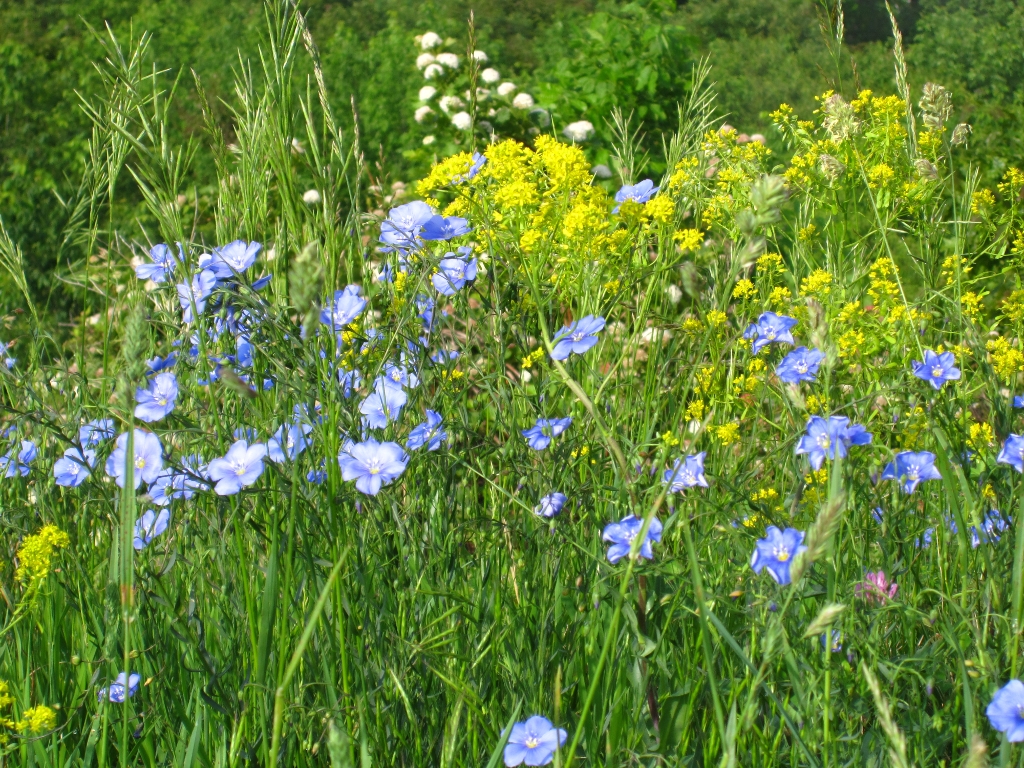
Overview Of Wildflowers In Shenandoah
Shenandoah National Park is home to over 850 species of wildflowers, making it a biodiversity hotspot. These blooms flourish across diverse habitats, including meadows, woodlands, and rocky outcrops. The park’s elevation gradient, ranging from 600 to 4,000 feet, creates unique microclimates that sustain this floral variety.
Spring blooms include Virginia bluebells, bloodroot, and spring beauties. These flowers thrive in forested areas near streams and shaded trails. In summer, black-eyed Susans, butterfly weed, and milkweed dominate open meadows, attracting pollinators like bees and butterflies. By fall, goldenrods and asters cover fields with hues of yellow and purple.
Timing plays a crucial role in observing wildflowers. Bloom patterns depend on elevation, with lower elevations flowering earlier due to warmer temperatures. Carry a field guide or use identification apps to learn about the species you encounter.
Popular Wildflower Species
Wildflowers in Shenandoah National Park display a stunning variety, with each season offering its own vibrant palette. Dive into notable blooms found in spring, summer, and among rare species.
Springtime Blooms
Spring unveils delicate wildflowers that thrive as the snow melts. Virginia bluebells blanket lowland areas with soft, bell-shaped flowers, while bloodroot emerges in shaded woodlands with white petals and golden centers. Trilliums, including the large-flowered trillium, add elegance with their tri-petaled blossoms. Look for Dutchman’s breeches, recognized by their pant-like blooms, in moist, rocky habitats. These species typically peak from mid-March through May, depending on elevation.
Summer Varieties
Summer brings taller and more vibrant wildflowers. Black-eyed Susans brighten the meadows with their yellow petals and dark centers, while common milkweed attracts monarch butterflies with its fragrant clusters. Bee balm, also known as bergamot, stands out with its red or purple tubular blooms, favored by hummingbirds. Wild bergamot thrives in sunny, open areas, offering nectar to pollinators. Look for mountain laurel, a shrub with pink and white blossoms, along trails and rocky slopes during early summer.
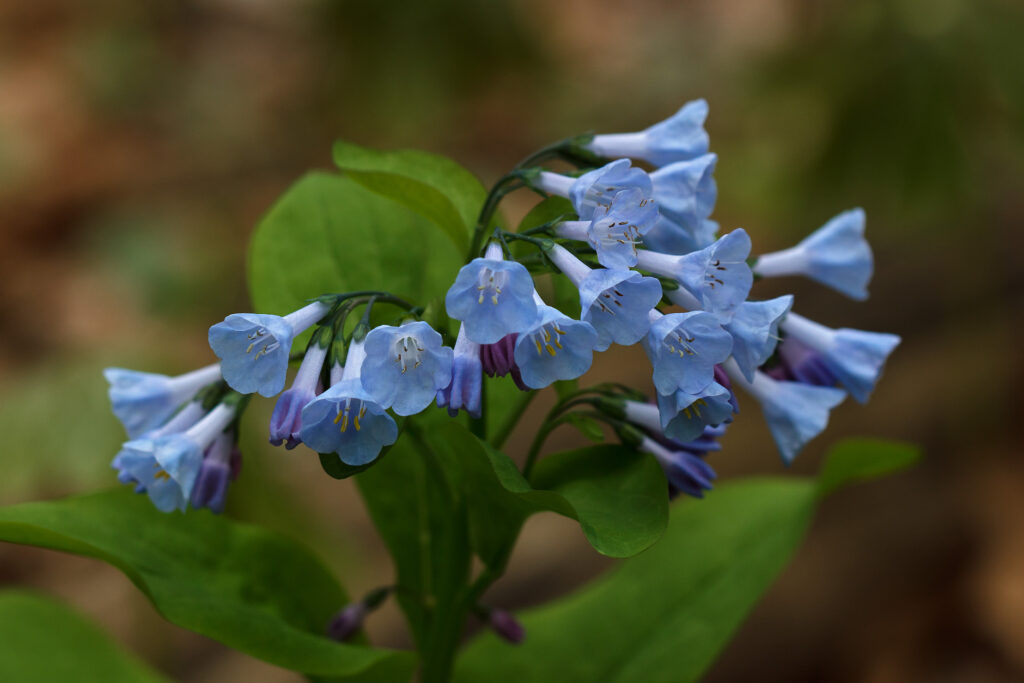
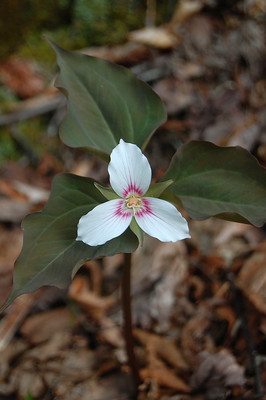
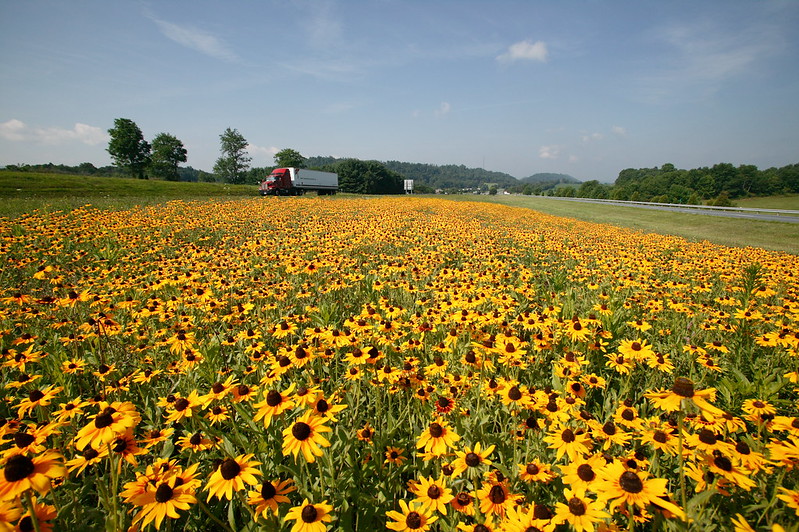
Virginia Bluebells, Photo Credit Tom Potterfield, Flickr CC2.0
Painted Trillium – Photo Credit Peter Gorman, Flickr CC2.0
Black Eyed Susans – Photo Credit Virginia Department of Transportation, Flickr CC2.0
Rare and Unique Finds
Certain wildflowers in Shenandoah are rare and captivating. The rose pink, with its star-shaped magenta flowers, thrives in sandy or gravelly soils. Turk’s cap lilies, identifiable by their orange, recurved petals, flourish in moist meadows and near streams. The small whorled pogonia, a federally threatened orchid, hides in undisturbed forested areas and is a prized discovery for botanists. When searching for these unique species, remain mindful of conservation efforts by avoiding disturbance.
Best Times To Explore Wildflowers
Spring marks the earliest bloom, from mid-March to May, with lower elevations showcasing Virginia bluebells and bloodroot first. As elevations rise, trilliums and other spring ephemerals begin to flourish, creating a diverse and vibrant landscape.
Summer offers peak viewing opportunities from June through early August, as black-eyed Susans, milkweed, and bee balm thrive. Meadows and open areas are particularly abundant with wildflower species, alongside pollinators like bees, butterflies, and hummingbirds.
Fall highlights late bloomers, including goldenrods and asters, covering fields in warm hues from September to October. Higher elevations provide some of the last floral displays before frost sets in.
Wildflower blooms shift depending on elevation and climate conditions, so visiting multiple times during the year allows you to see varying species. Seasonal guides or ranger-led programs can help you plan visits effectively.
Top Spots To Experience Wildflowers In Shenandoah
Shenandoah National Park offers abundant opportunities to see wildflowers in their natural beauty. The 2025 Wildflower Weekend special event will be held Saturday May 10 – Sunday May 11. Explore hiking trails and scenic drives that showcase the floral diversity spread across the park.
Hiking Trails With Vibrant Displays
Certain trails in Shenandoah provide exceptional wildflower viewing during peak seasons. The Limberlost Trail, a wheelchair-accessible 1.3-mile loop, is known for mountain laurels and azaleas in spring and summer. The Appalachian Trail, spanning over 100 miles through the park, includes sections like Stony Man Loop, where trilliums and Virginia bluebells thrive in spring. For a mix of uncommon blooms, head to Whiteoak Canyon Trail, which features wild geraniums and meadow rue. Lower elevations bloom earlier, so timing impacts the species you’ll encounter.
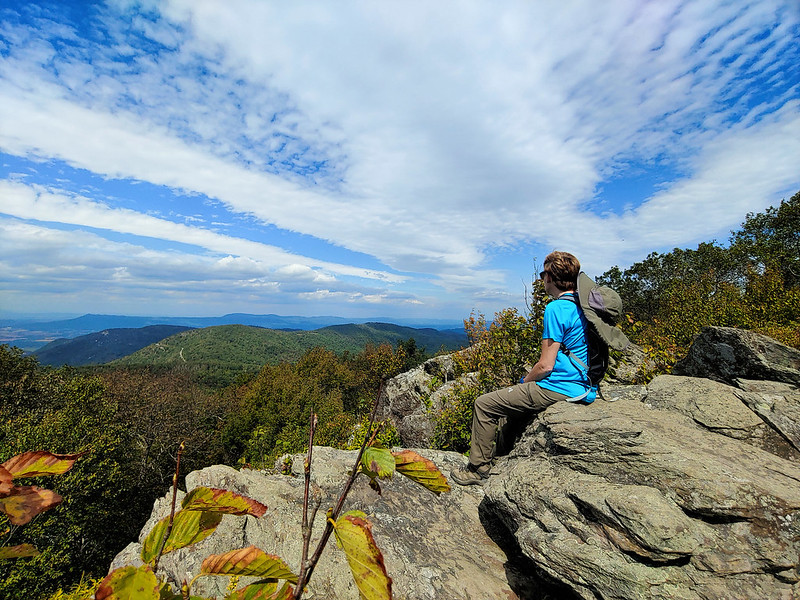
Scenic Drives For Flower Enthusiasts
Skyline Drive, stretching 105 miles along the park’s ridge, provides countless opportunities to witness wildflowers. In spring, pull-offs like Big Meadows Area showcase violets and columbines. During summer, Hawksbill Gap’s overlooks reveal milkweed attracting monarch butterflies. Goldenrods dominate the roadside from late summer to fall. Parking at designated overlooks enables you to combine short hikes with panoramic views of blooming meadows and woodlands.
Conclusion
Exploring the wildflowers of Shenandoah National Park is a truly rewarding experience that connects you with the park’s remarkable biodiversity. Whether you’re captivated by the delicate blooms of spring or the vibrant colors of fall, every season offers a unique opportunity to immerse yourself in nature’s beauty.
By planning your visit thoughtfully and practicing responsible exploration, you can enjoy these stunning wildflowers while ensuring their preservation for future generations. Shenandoah’s floral wonders await—so grab your gear and start your journey into this breathtaking natural haven.